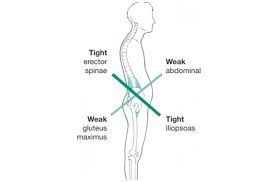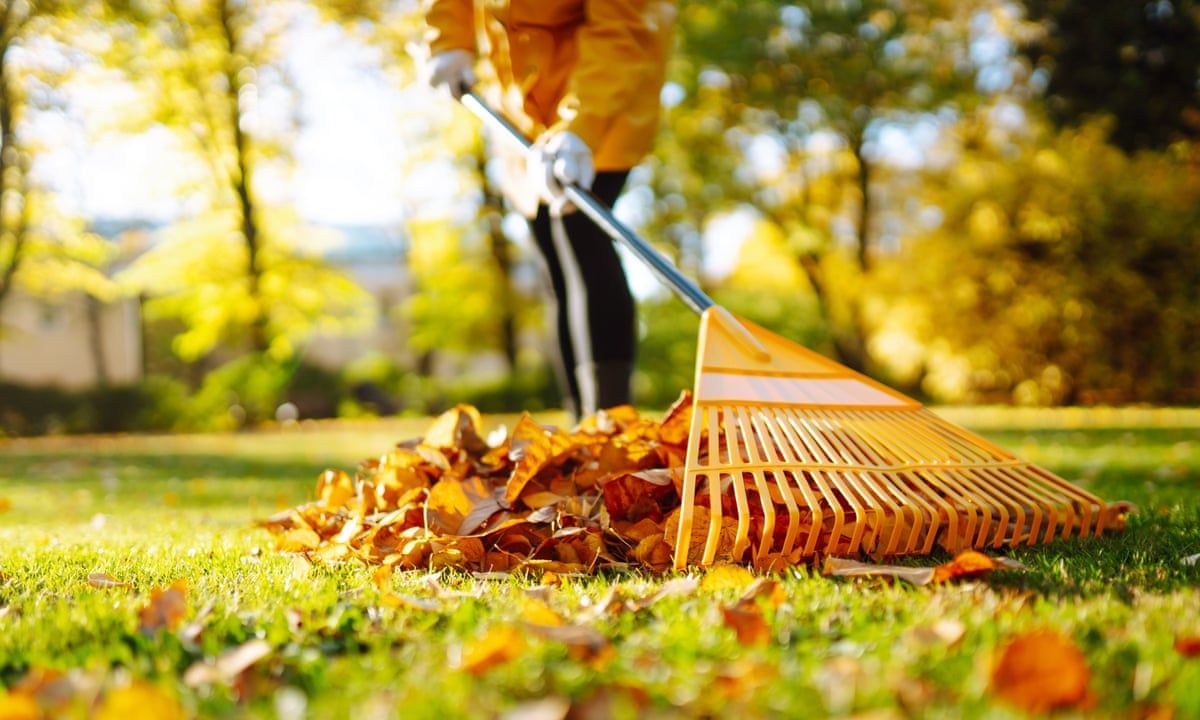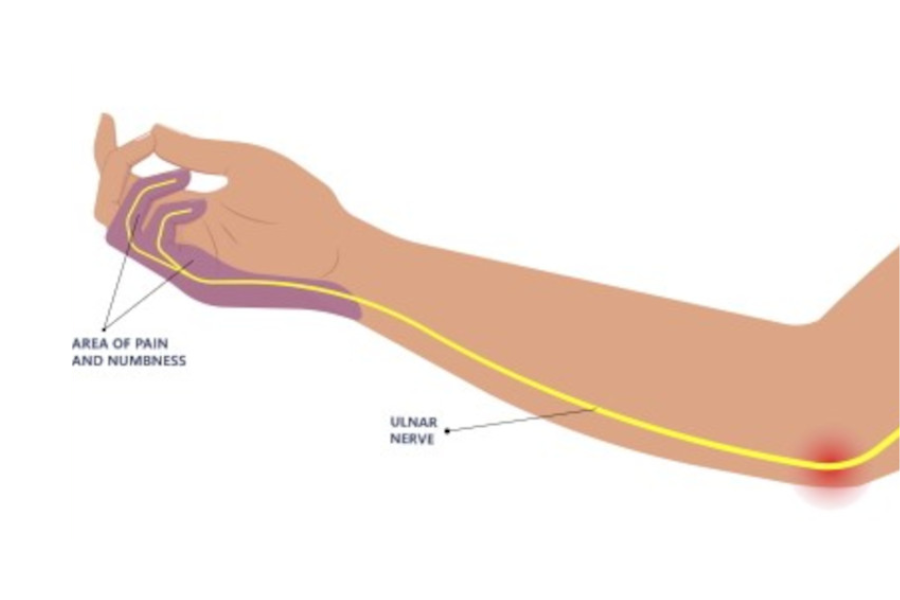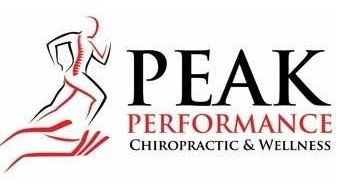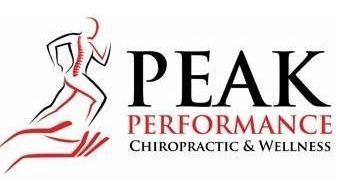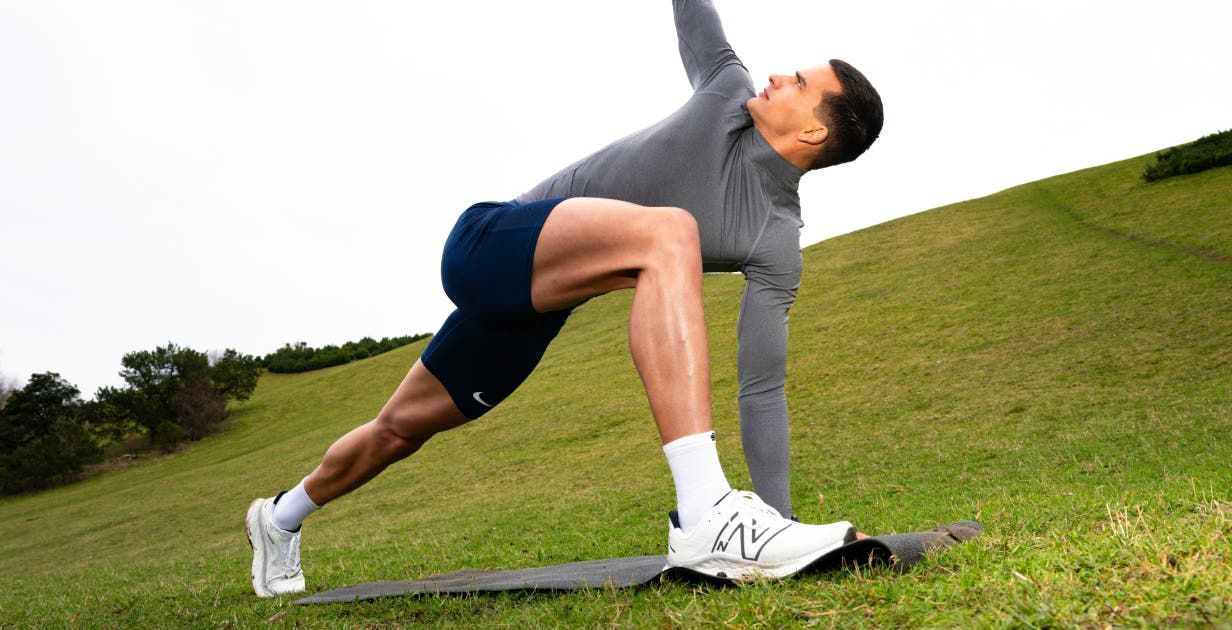Kinesiotaping: The Stretchy Solution for Your Aches and Pains
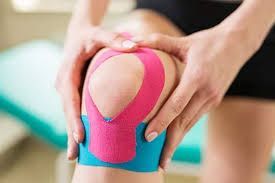
Imagine a world where a simple strip of tape can ease your pain, improve your movement, and help you feel better. Welcome to the world of kinesiotaping! This stretchy, breathable, and practical tape has been revolutionizing the way we treat and manage pain since the 1960s Olympics. But what exactly is kinesiotaping, and why should you consider it? Let’s dive in!
What is Kinesiotaping?
Kinesiotape is not your average roll of adhesive. This tape is thin, flexible, and mimics the elasticity of your skin, allowing for full movement and comfort. Whether you’re breaking a sweat on the track or going about your daily routine, kinesiotape is designed to stick with you. It's water and sweat-resistant, ensuring that it stays put through your toughest workouts and longest days.
What Does Kinesiotaping Do?
Kinesiotaping is more than just a sticky strip. Here are some of the key benefits:
- Muscle Activation and Support: It provides gentle support and activation to your muscles, helping them contract and function more efficiently.
- Joint Support: The tape offers additional support to your joints, stabilizing them without restricting your range of motion.
- Improved Blood Flow and Reduced Swelling: By lifting the skin slightly, kinesiotape enhances blood circulation and reduces swelling, making it ideal for managing inflammation and lymphedema.
- Bruise and Contusion Healing: As mentioned, the tape allows for better blood flow and bringing in new oxygenated and nutrient-rich blood to the area of a bruise speeds up recovery.
- Pain Relief: It’s a great tool for alleviating pain from various conditions, including post-surgery discomfort.
- Inflammation Relief: For those battling arthritic inflammation, kinesiotape can provide much-needed relief by reducing pressure and allowing for better fluid drainage.
How Does It Work?
The magic of kinesiotape lies in its stretchiness. When applied correctly, it interacts with your skin and the underlying nerves. This interaction signals your muscles to activate and contract, promoting movement, maintaining posture, and stabilizing joints.
For swelling and lymphedema, kinesiotape works by gently lifting the skin, creating space underneath that allows fluids to flow more freely. This reduces pressure and swelling, providing relief and enhancing mobility.
But be warned, sensitive skin types might experience some irritation. The tape can stay on for several days to weeks, depending on the brand, and removing it requires soaking it in water and applying a bit of oil to gently peel it off.
Who Should Use Kinesiotaping?
Kinesiotaping isn't just for athletes, although they certainly benefit from its use. It’s also highly effective for individuals with chronic conditions like arthritis, those recovering from surgery, and anyone looking for a non-invasive way to manage pain and support their muscles and joints.
Why See a Chiropractor for Kinesiotaping?
While DIY kinesiotaping is possible, having it applied by a professional ensures you reap the maximum benefits. We have chiropractors who are trained in the application of kinesiotape and can tailor its use to your specific needs. Whether you’re dealing with a sports injury, chronic pain, or post-surgical recovery, our chiropractors can assess your condition and apply the tape in a way that optimizes support and relief.
At our Buffalo chiropractic and massage office, we’re all about healing. Kinesiotaping is just one of the many tools we use to help you feel your best. So why not give it a try? Come in for a consultation and let us show you how a little tape can make a big difference.
Remember, the next time you see someone sporting that stretchy tape, know that they’re not just making a fashion statement—they’re on the fast track to recovery and better performance!
Bethany Wolcott
D’Youville Chiropractic ‘26



